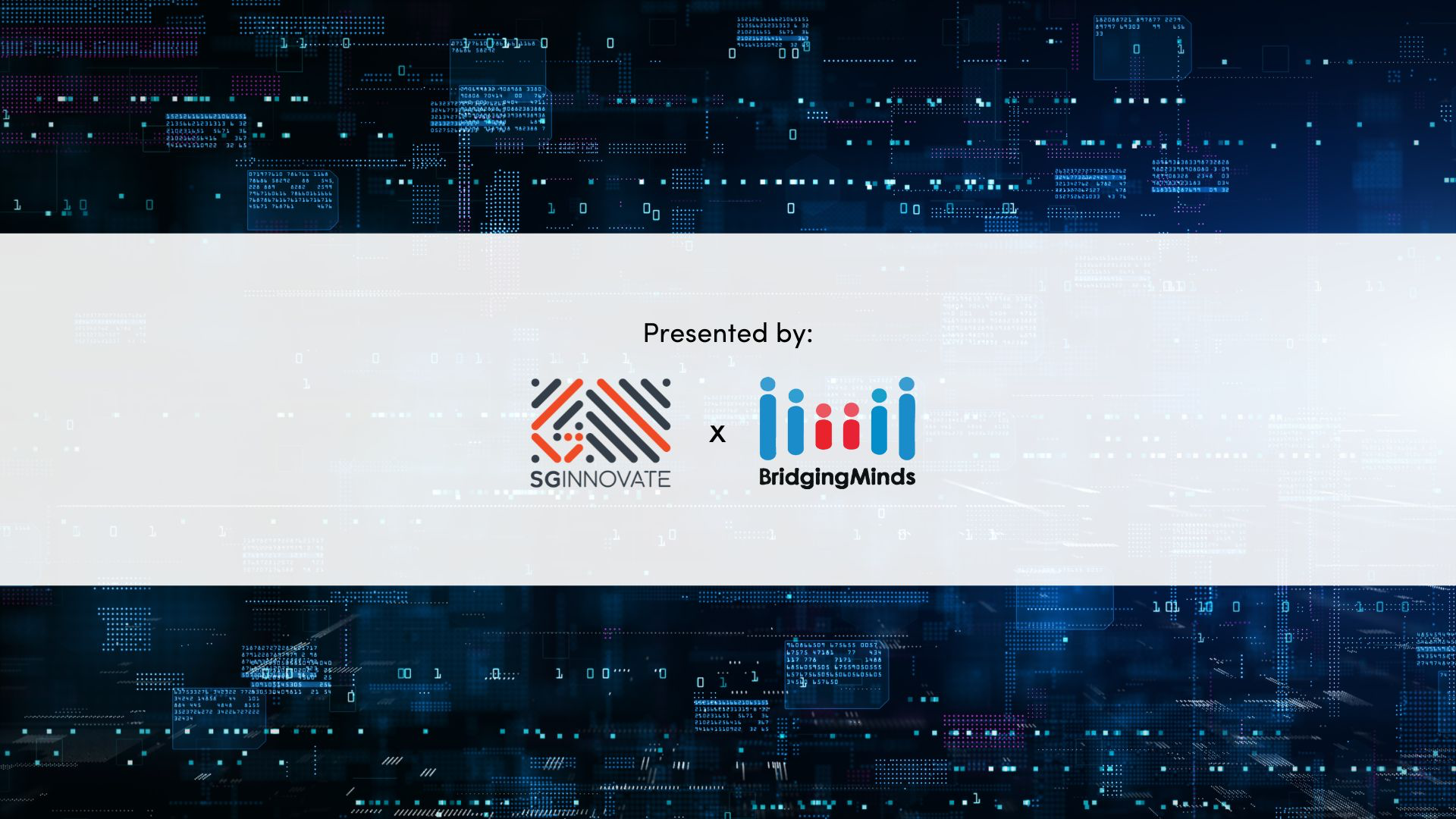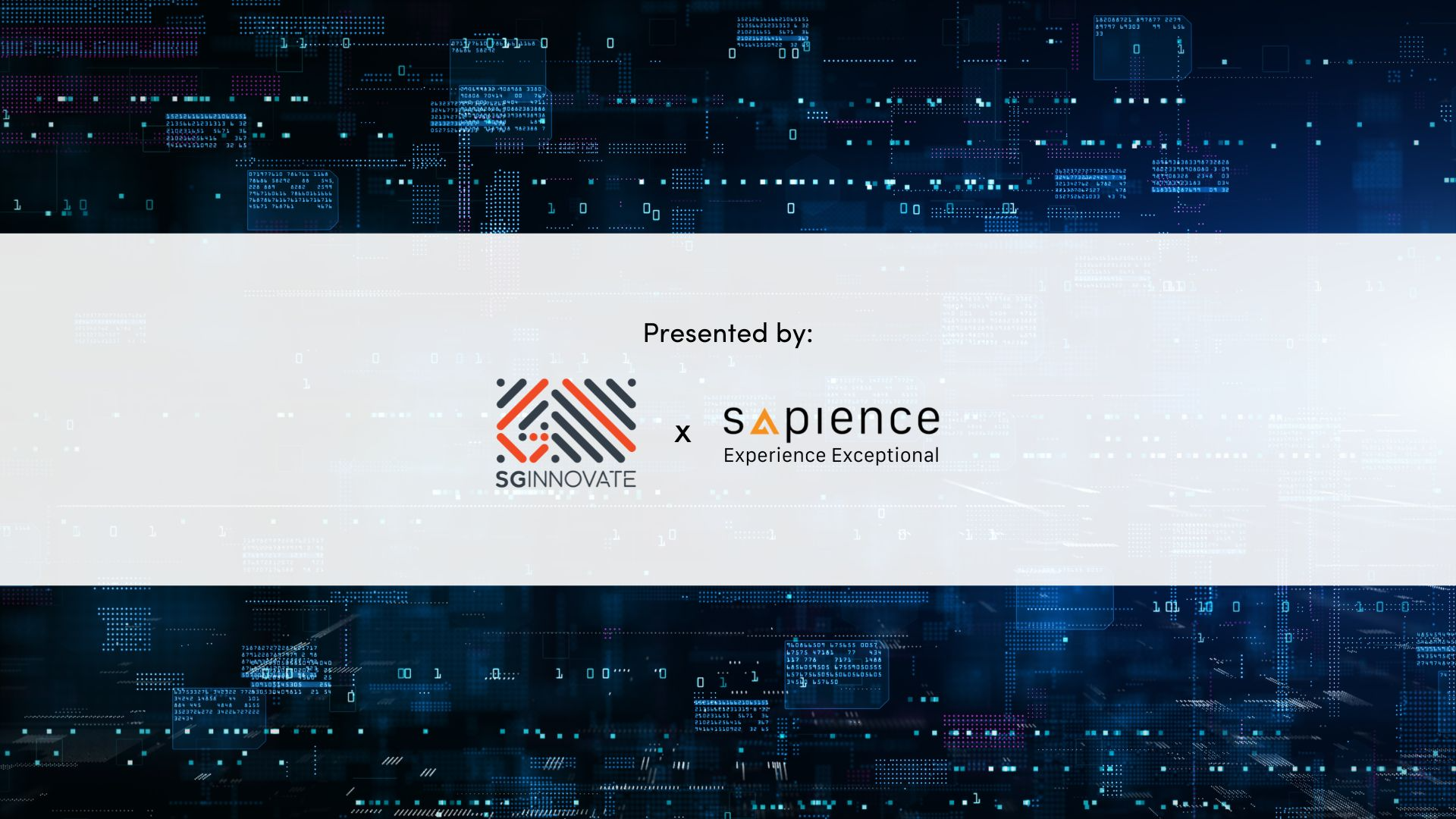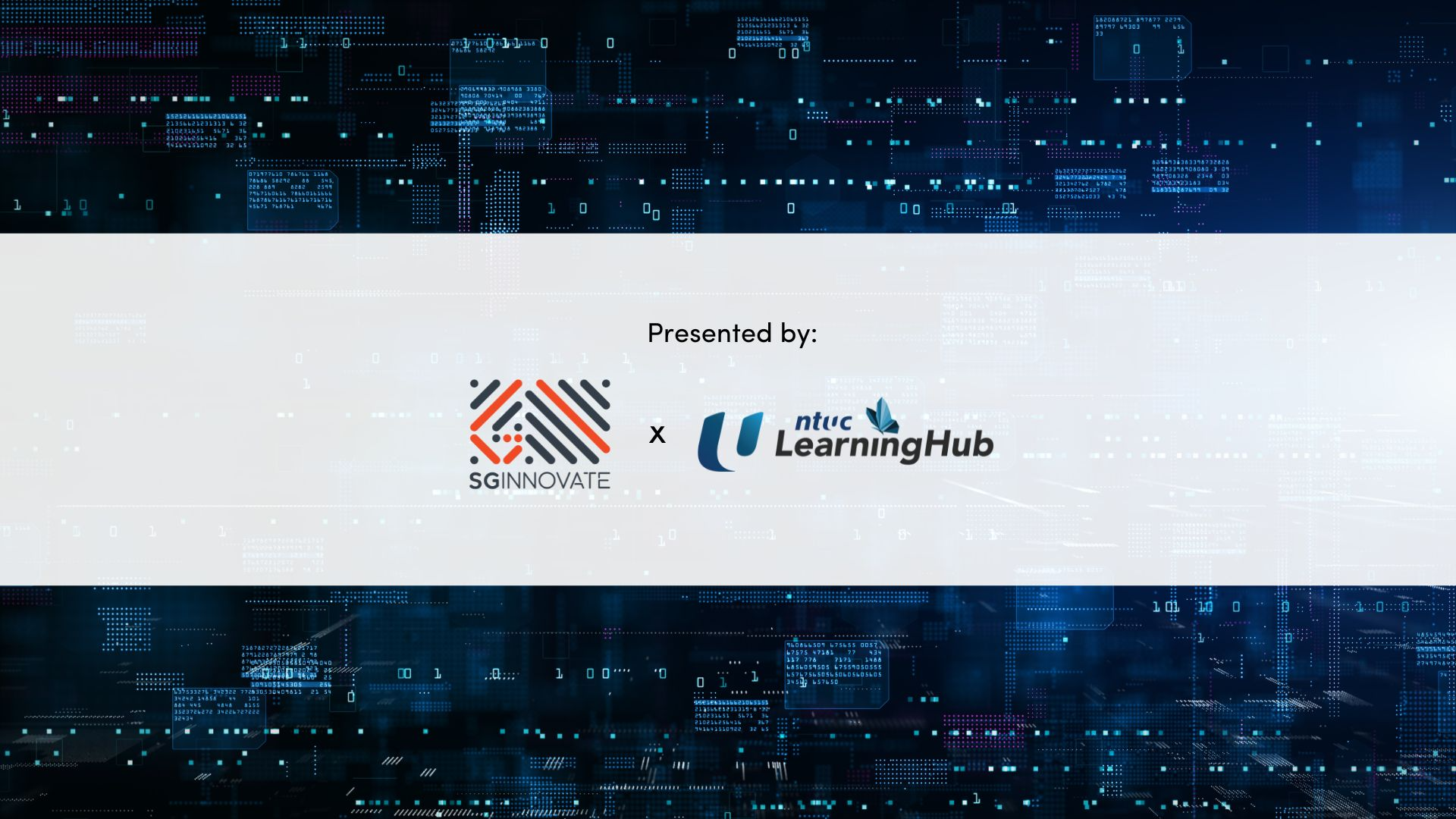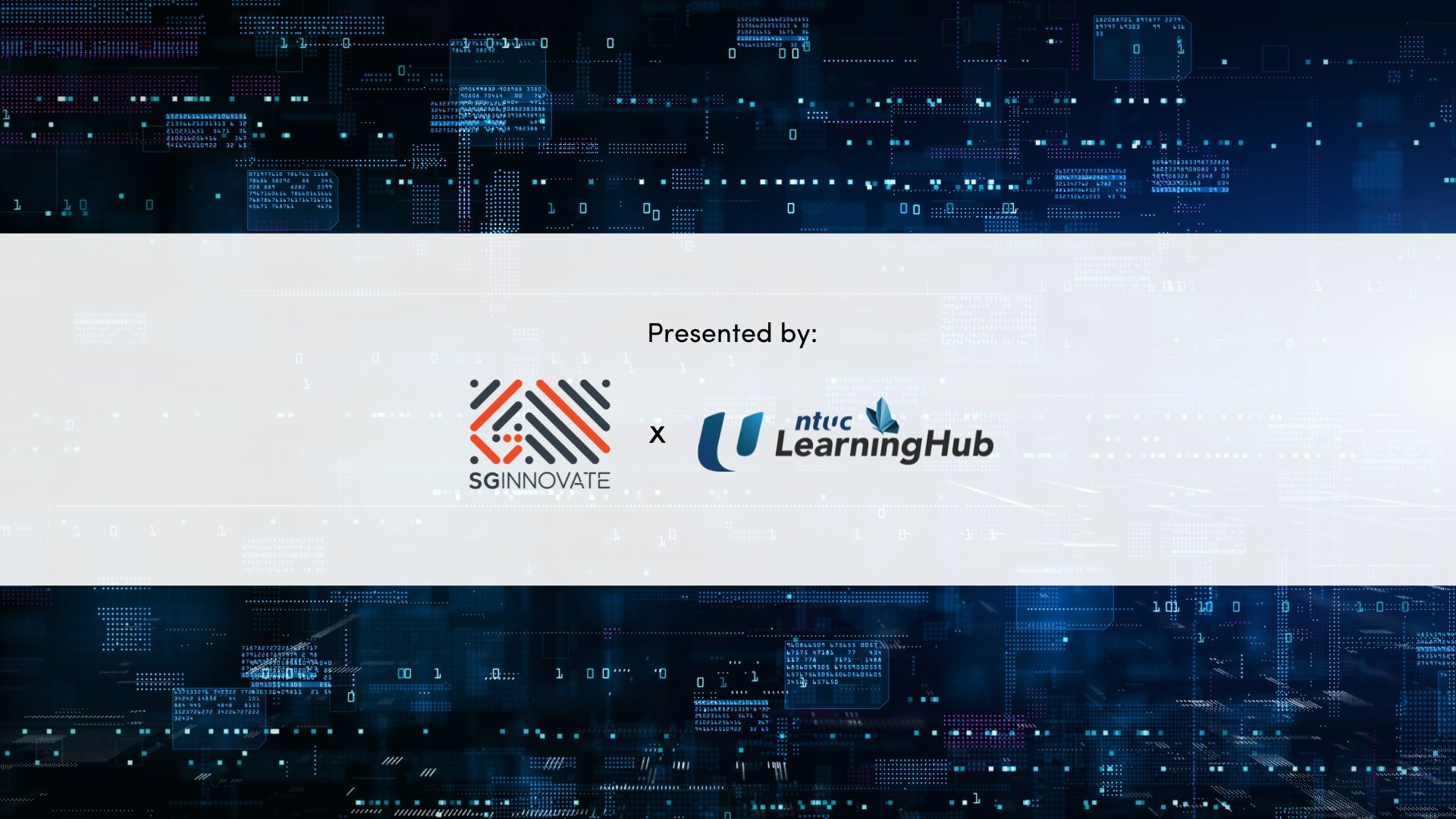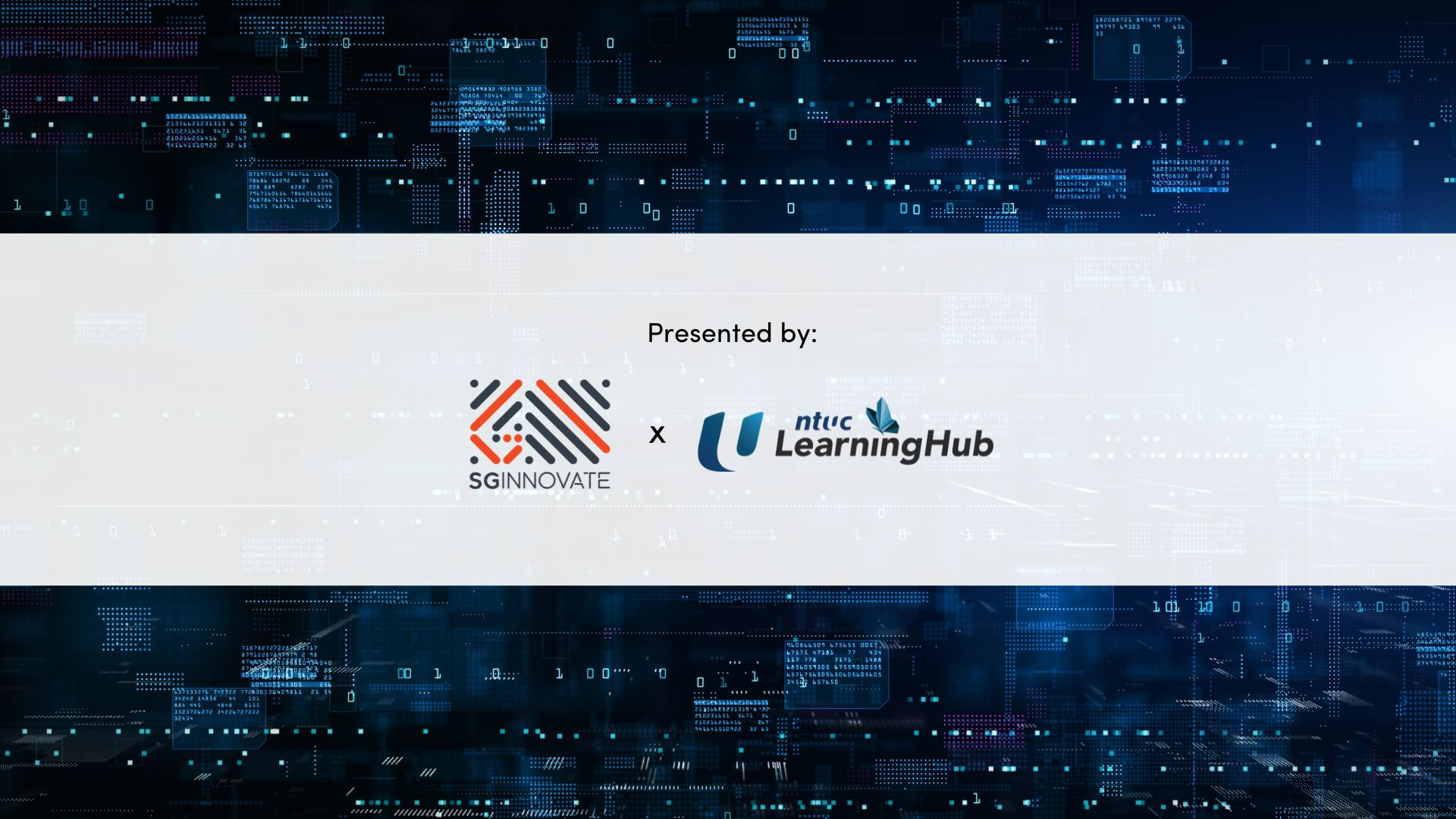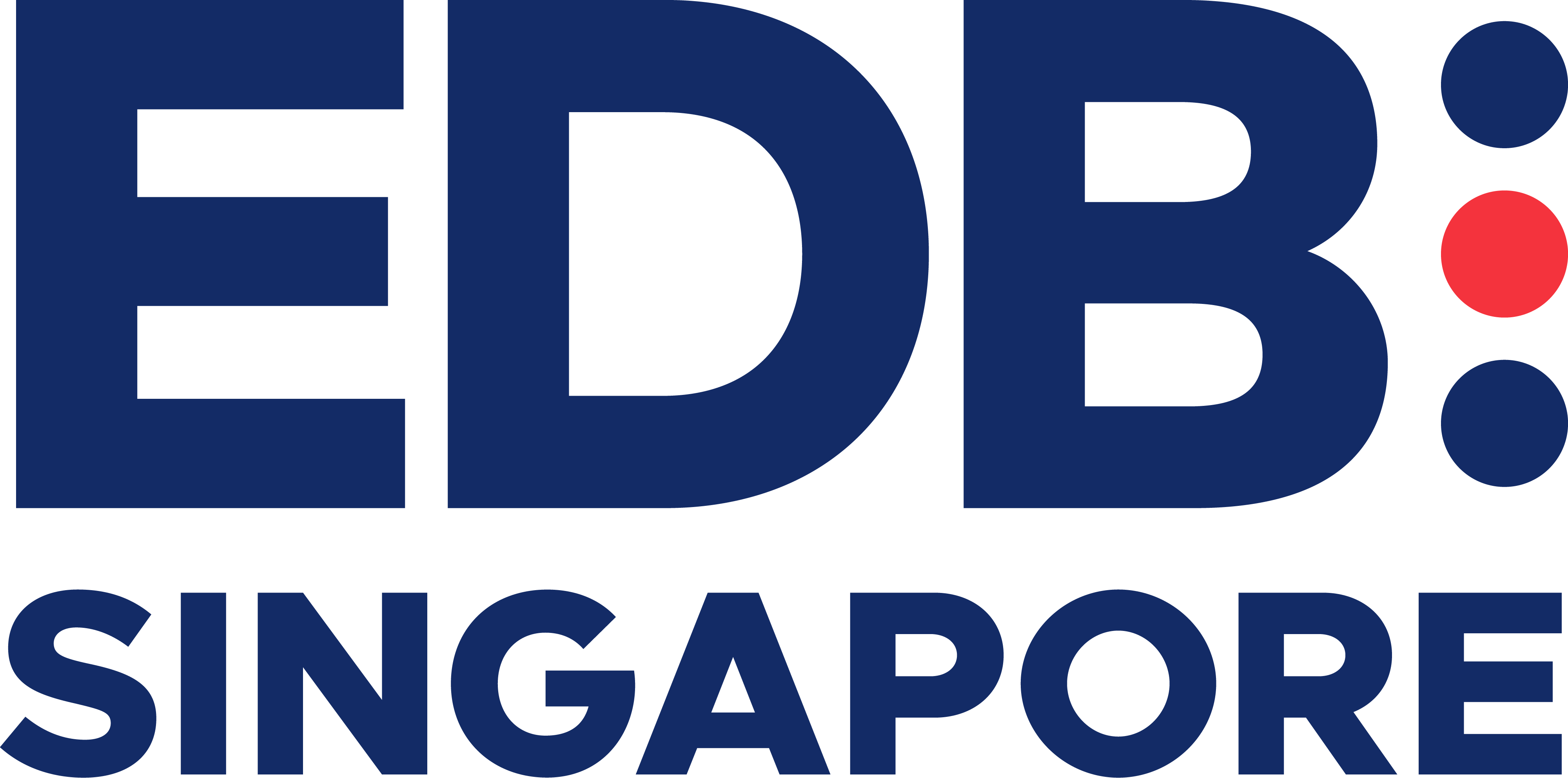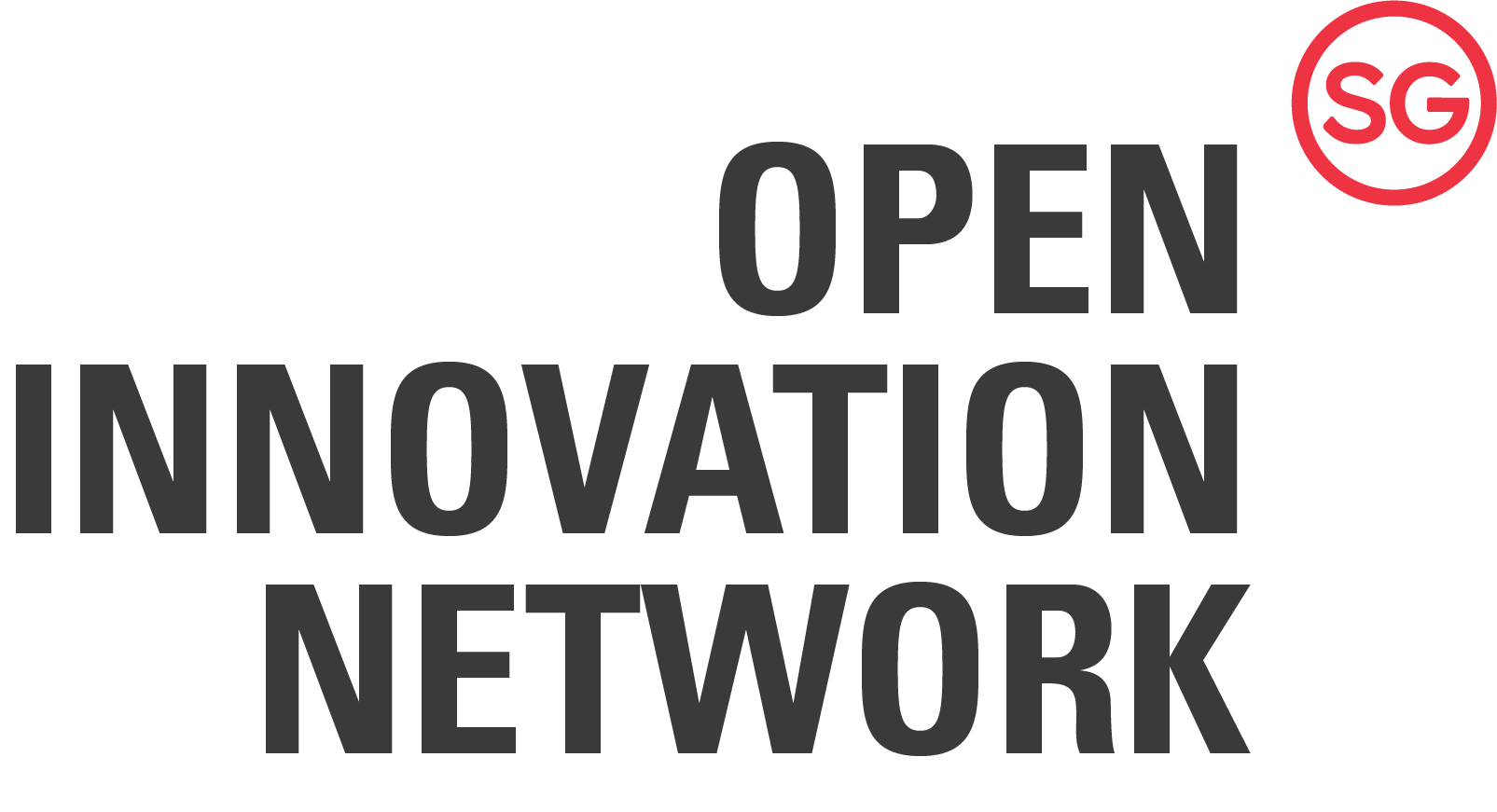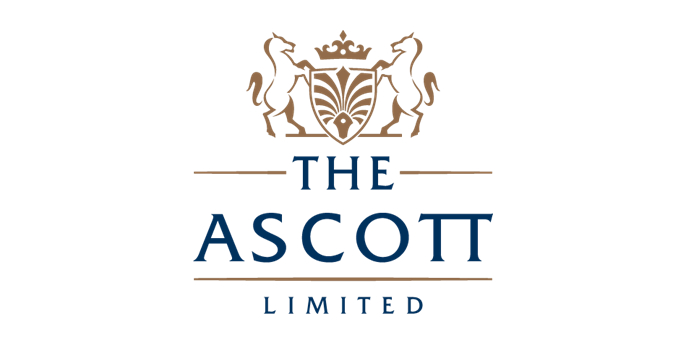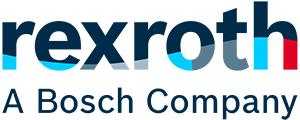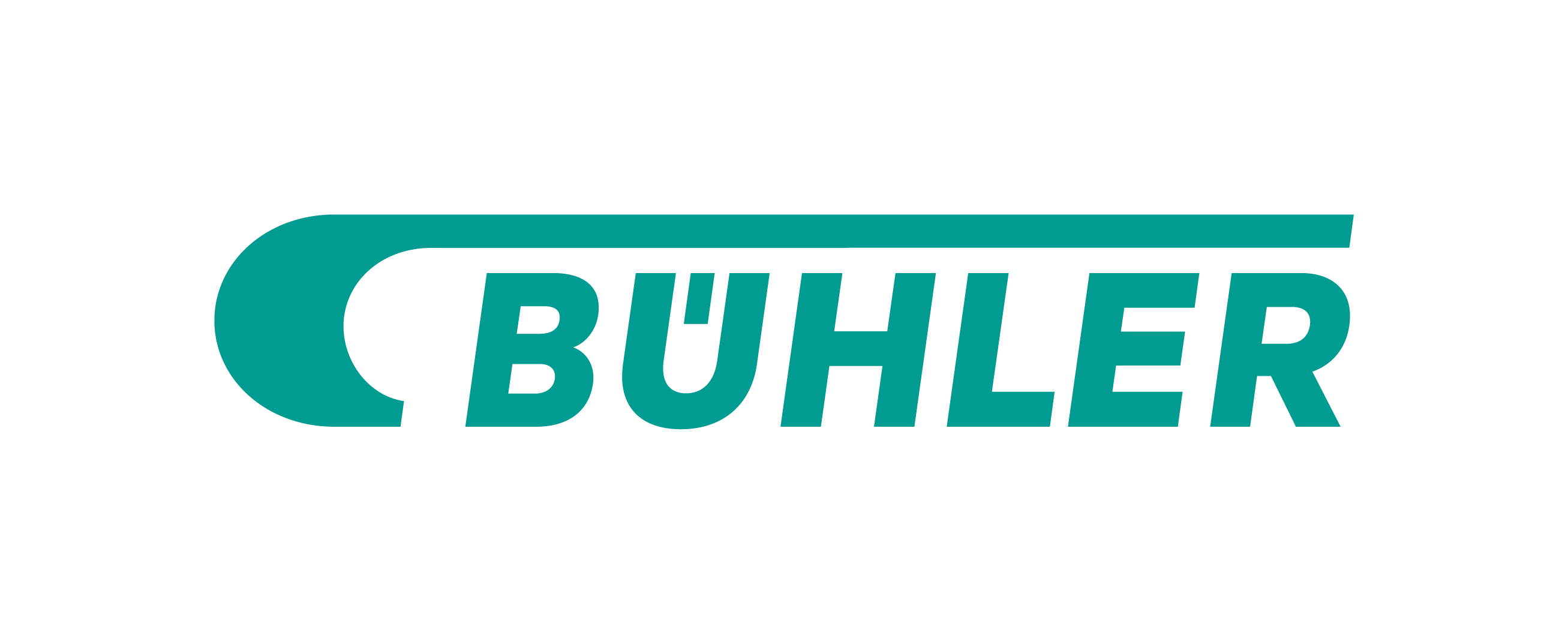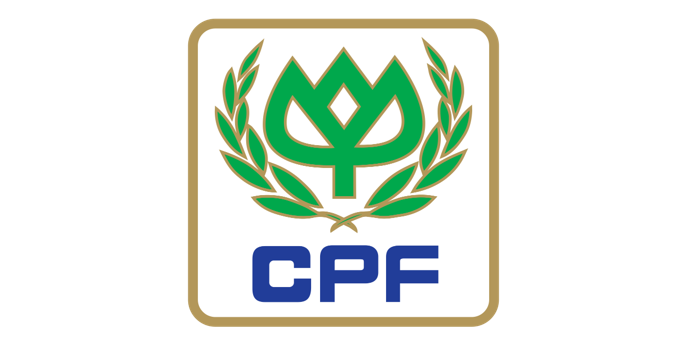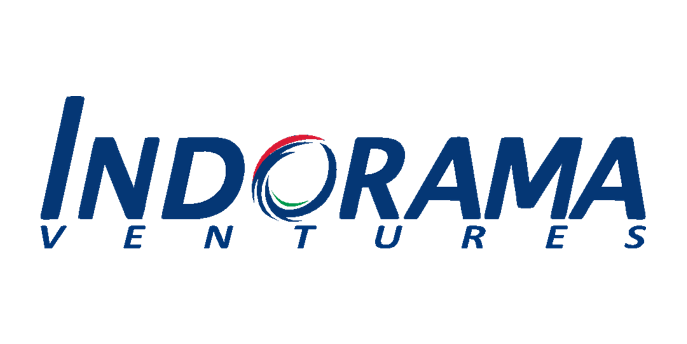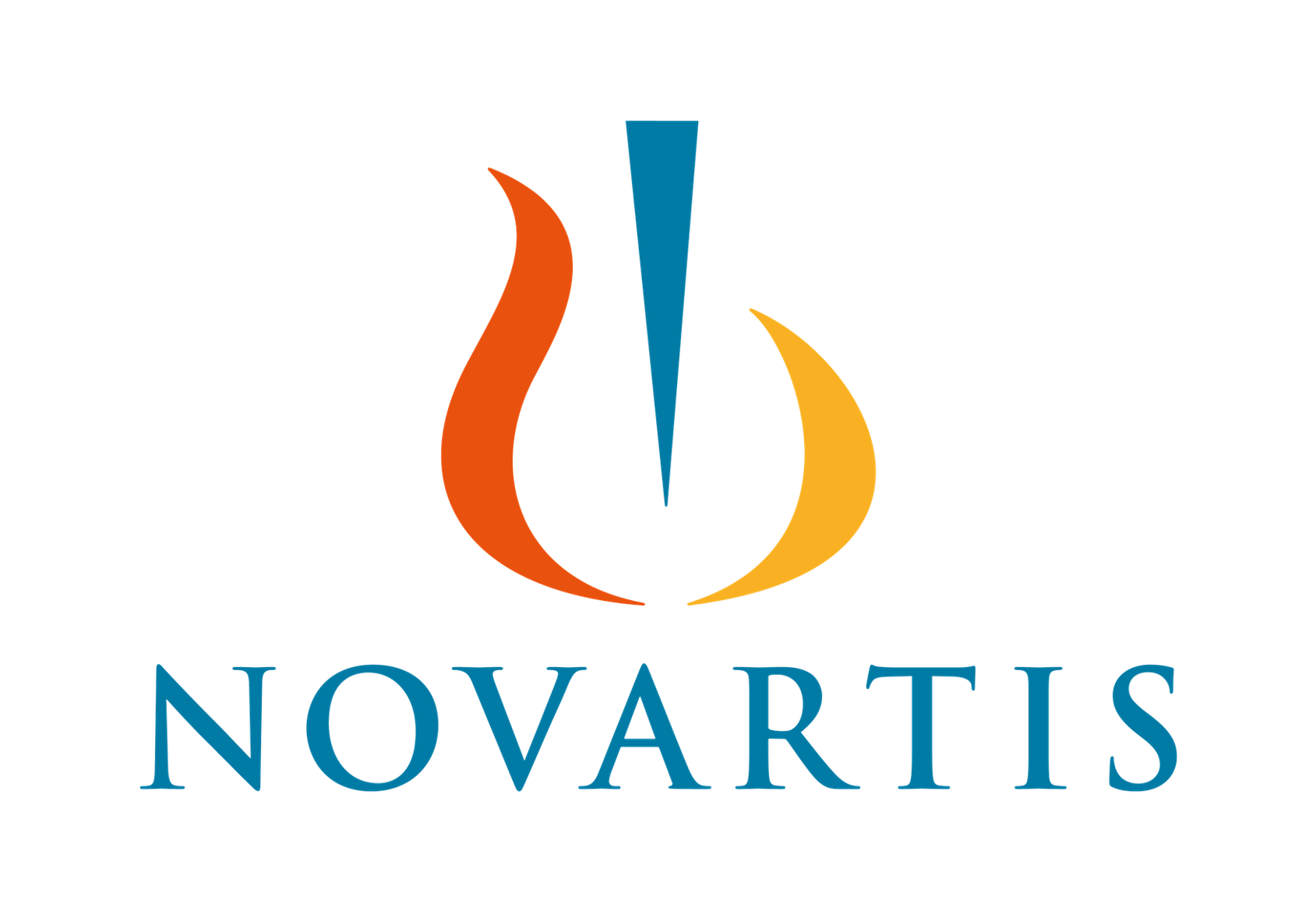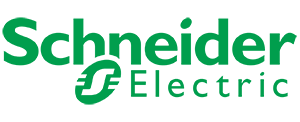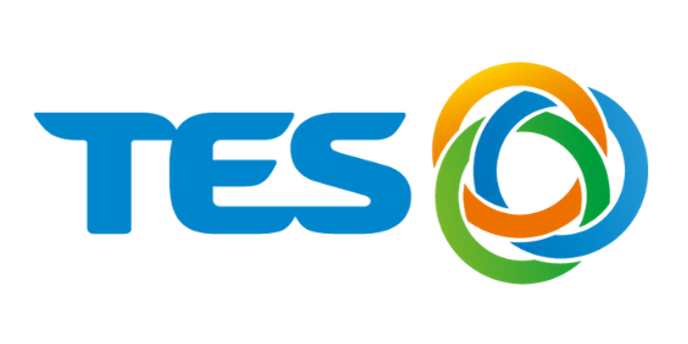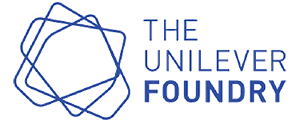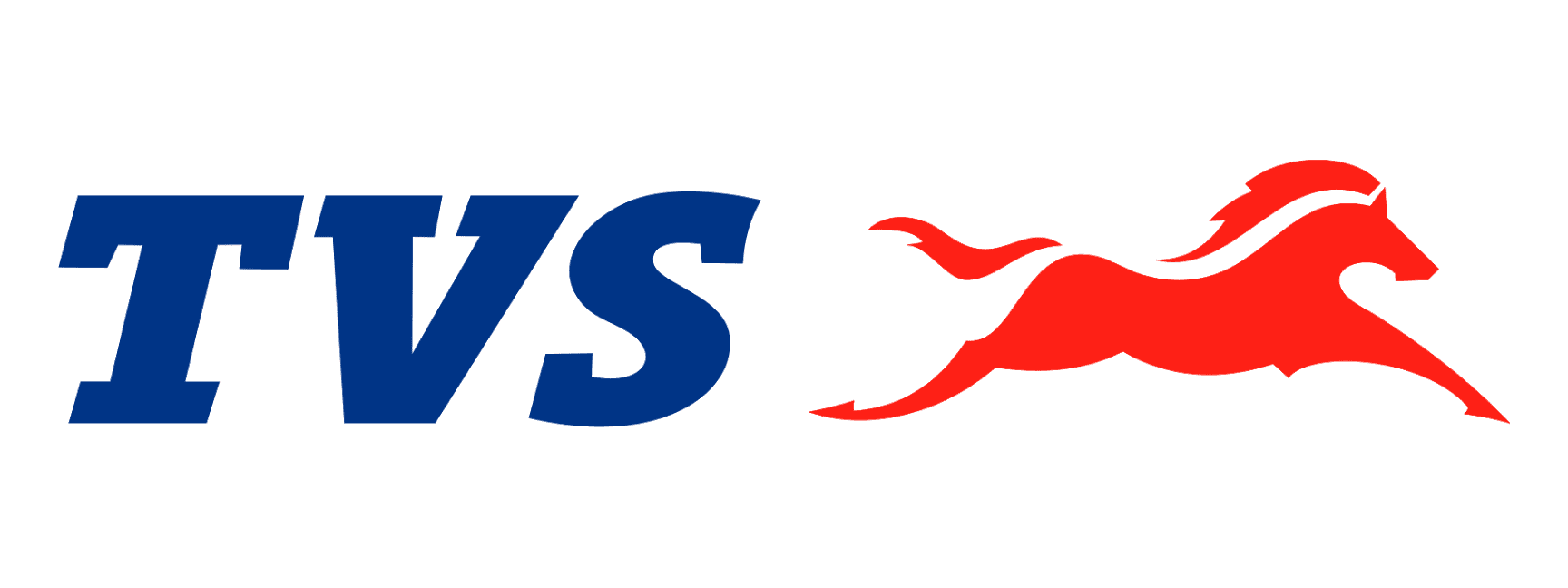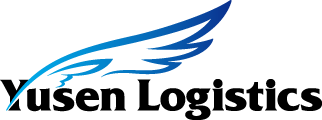
Fostering corporate-startup collaboration
across industries

Open Innovation Forum
This forum aims to connect open innovation leaders in Singapore and the region, promote corporate innovation projects and adoption, and catalyse corporate-startup collaborations. Join us in building the open innovation culture in Singapore and the region today. Connect with us if you are a corporate interested in being a part of our open innovation activities or a startup with solutions to various innovation needs.
Highlights
Our Open Innovation activities focus on bringing market demands for frontier technologies to the startup community to support their go-to-market efforts. Do check out the current problem statements presented by corporates and some of our other Open Innovation activities by clicking on the cards below for more information.
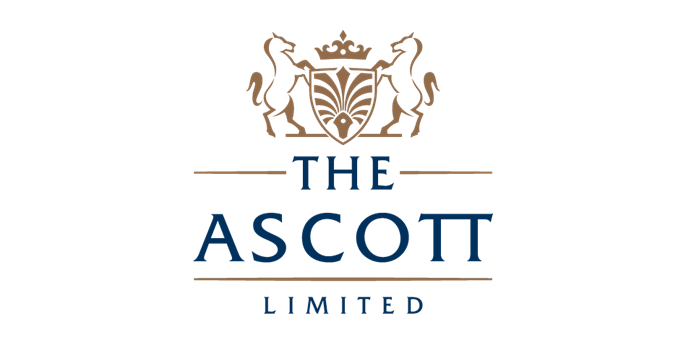
Reducing Water and Energy Use at Ascott-owned Properties
As part of the Capitaland Master Sustainability Plan, The Ascott is committed to reducing water and energy use over the next few years. There is an increasing need for the group to find solutions that can address the needs of the properties that Ascott operates globally. The properties range from Serviced Residences, Rental Housing, Hotels, Senior Living Estates and Student Accommodations.
Objectives:
To find a solution that will help Ascott-operated properties reduce water and/or energy usage.
Working Model:
If possible, a charging model based on a revenue share where the vendor takes a cut out of the savings made from the utility bill. Allowing properties to implement easily without incurring large upfront CAPEX.
APPLY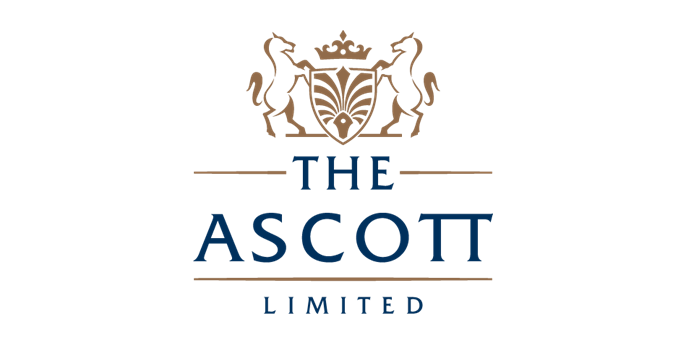
Reducing Waste at Ascott-owned Properties
As part of the Capitaland Master Sustainability Plan, Ascott is committed to reducing waste over the next few years. There is an increasing need for the group to find solutions that can address the needs of the properties that Ascott operates globally. The properties range from Serviced Residences, Rental Housing, Hotels, Senior Living Estates and Student Accommodations.
Objectives:
Because each Ascott property is on average 200 rooms, and does not operate F&B, the scale of the property does not justify the purchase of expensive equipment that costs tens of thousands of dollars.
The Ascott is looking for a solution that will help Ascott-operated properties with at least two out of four of the following:
- Waste Measurement
- Waste Tracking
- Recycling
- Waste Reduction
Working Model:
The solution should be lightweight and if possible, offered on the as-a-service model.
APPLY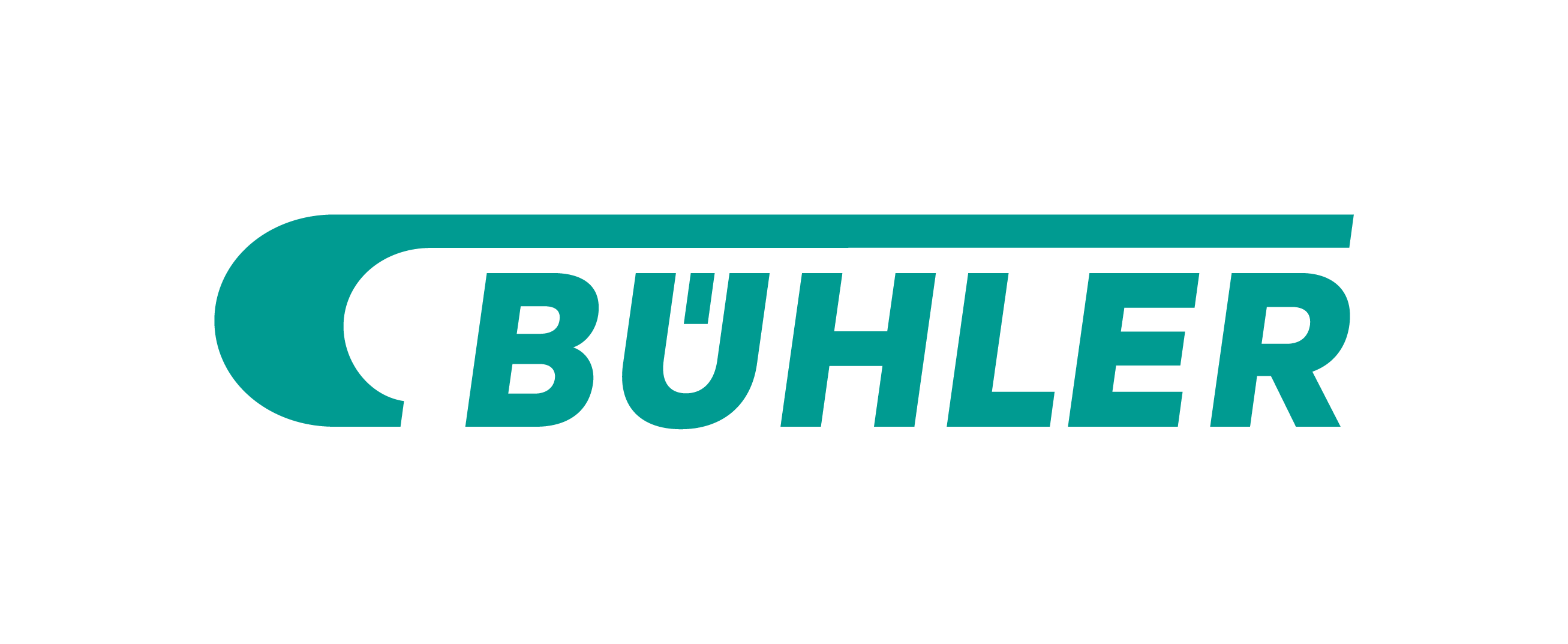
Creating a Circular Economy in the AgriFood Value Chains
Objectives:
To identify opportunities within the global availability of more than 1 billion tonnes of agrifood by-products (such as husks, hulls, bran, germ, etc) being under-valorised in terms of nutrients or components and going to waste.
Working Model:
Bühler group has identified three key opportunity areas
- Component extract
- By using a process or technology that can extract valuable components from by-products of agro-industrial food processes
- Direct nutrient recovery
- Upcycling the micro and macronutrients from by-products through an applied process or technology into new food products such as alternative meat/dairy, savoury/sweet snacks or others
- Energy or heat recovery
- Novel processes which can efficiently recover the energy value of low-value byproducts
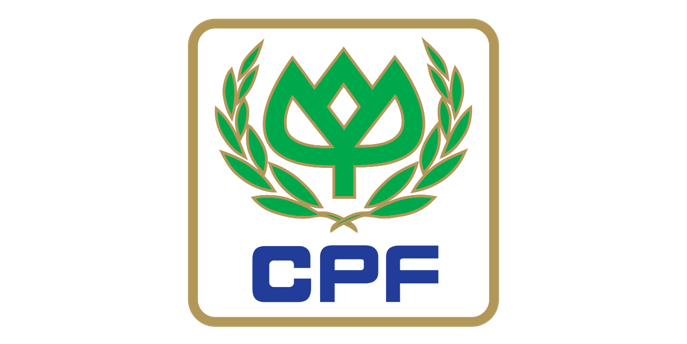
Renewable Energy Solutions in a Farm and Factory Setting
CPF Thailand is looking for a renewable energy solution for their farms and factories. The solution has to be able to generate or store enough energy to power the farm and factory for 24 hours a day with a sound financial feasibility. This aligns with the group’s holding policy to help CP Group achieve carbon neutrality.
Objectives:
To identify a renewable energy solution to power their farms and factories.
CPF Thailand has identified the following potential solutions to their problem but is open to all other ideas.
- Installing a wind turbine to generate larger amounts of renewable energy
- Installing an energy storage system to store enough energy to power their farms and factories throughout the day.
Working Model:
After partnering with selected startups, CPF Thailand will test solutions and co-develop a prototype or a POC before testing the solution at scale in a real environment to measure its business impact.
APPLY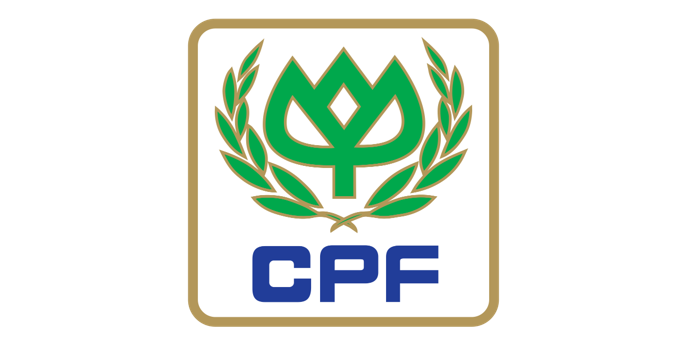
Converting Waste into Value Added Products
CP Foods Thailand’s business units produce around 270,000 tonnes of animal manure every year which is discarded into landfills. These waste products often consist of a mixture of manure and rice husks.
Objectives:
CP Foods Thailand is looking to identify potential solutions to convert these waste products into value and reduce their carbon footprint.
One of the potential solutions that CP Food Thailand would like to explore would be to convert these waste products into organic fertilizers or into renewable fuels. But they are also open to all other ideas.
Working Model:
After partnering with selected startups, CPF Thailand will test solutions and co-develop a prototype or a POC before testing the solution at scale in a real environment to measure its business impact.
APPLY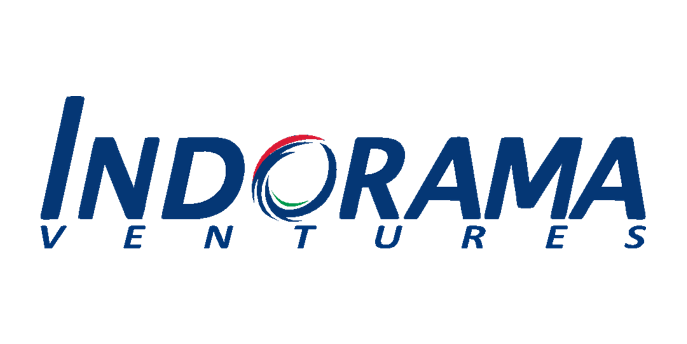
Improving Supply Chain Ethics, Traceability and Segmentation
Indorama Ventures is currently building the recycling infrastructure to close to loop for PET bottles. By using used PET bottles as a feedstock to make new bottles, this increases the value for these waste products and in turn de-risks investments in collection and sorting.
Objectives:
Indorama Ventures would like to explore innovative approaches which can address the following problems:
- Creating a higher demand for fully traceable plastic feedstock from ethical sources
- Increasing the amount of funding committed to waste management solutions
- Improving market segmentation by waste type
- Increasing the amount of long-term plastic off-take agreements between large buyers of plastic feedstock and waste collection entities

Unpacking, Sorting and De-manufacturing
Currently, TES receives a large amount of electrical and electronic equipment in their original packing in pallets or boxes. These pallets need to be unpacked and sorted into unique waste streams.
Some unique products will then have to be further de-manufactured, disassembled or dismantled into their individual components materials which may involve the removal of casings, screws, etc.
The current process is manual and labour intensive, and therefore time consuming, costly and error prone. The effectiveness and efficiency are also currently heavily dependent on the competence and capability of individuals.
Objectives:
TES would like to explore automating whole or part of the current process to improve efficiency. As there is a broad range of non-homogenous packaging, materials and products received, they are looking to define a standard process for this.
TES has identified some potential solutions to this problem.
- Can the unpacking process use robotics to unpack and de-box?
- Can the unpacked materials and products be automatically sorted based on material type, and value? Consulting up to date pricing of the materials would increase value recovery.
- Can robotics and artificial intelligence be used during the de-manufacture process?
- Can we also use robotics to manage sortation of the packaging materials?
- Since removing screws from cases and interior is one of the most common de-manufacturing tasks, could a robotic system be developed that identifies the screws and removes them?
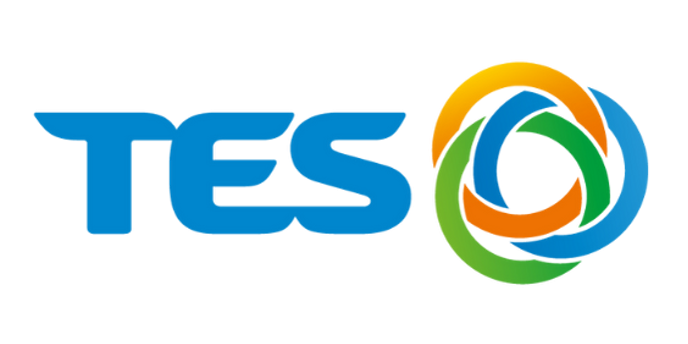
Mobile Phone Battery Discharge and Shred
Currently TES receives a large amount of non-homogenous lithium-ion mobile phone batteries that need to be discharged prior to shredding. Non-discharged lithium-ion batteries represent a significant combustion risk if they are damaged or tampered. A damaged battery cell can go into thermal runaway, producing enough heat to cause adjacent battery cells to also go into thermal runaway. This produces a fire that repeatedly flares up as each battery cell in turn ruptures and releases its contents. These types of fires are extremely dangerous, life-threatening, and difficult to extinguish.
The broad range of non-homogenous lithium-ion batteries received also makes it difficult to define a standard process.
Objectives:
TES would like to explore the possibility of automating this process.
There are efficiency and risk mitigation benefits to be gained by establishing a timely, low risk and automated process. Some of the questions to be posed include:
- Can a lithium-ion battery be efficiently and effectively discharged using a chemical process?
- Can a shredder be designed to safely accommodate thermal events during shredding of charged lithium-ion batteries?
- Could individual batteries be discharged by connecting to terminals? Would need AI vision to identify shape of battery, find terminals and start discharge. However, we do process thousands of these type of batteries per day, so the process has to be fast.
- With an efficient discharge process could the energy be captured to be put back into the grid.
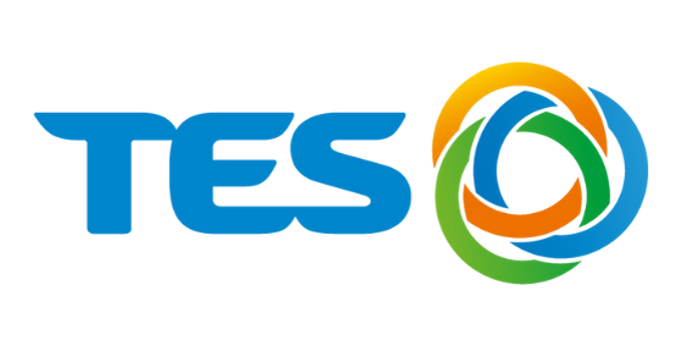
Grading of Equipment
The grading of equipment (e.g., mobile phone, laptops, desktops, monitors etc) is an important step in our process to establish the condition prior to sale. The grade of the equipment is based on both function and form/condition.
Objectives:
TES would like to explore the possibility of automating whole or part of the current process. Some of the questions to be posed include:
- Can 3D image capture and AI be used to grade function and form?
- Can individual item grading be achieved at scale?
- Can technologies go beyond grading to determine the quantum of repair or refurbishment required?
- Could the image include barcode scan to capture key info such as age, specification and functionality as well as the cosmetic condition (perfect, cracked screen, major scratch, minor scratch, etc. ?
At our signature activities such as the previous Reverse Pitch events for Supply Chain & Logistics, Advanced Manufacturing and Collaborations with Japanese MNCs, corporate leaders presented their problem statements and innovation needs that they are open to working with startups on. Click on the cards below for more information on past problem statements.

Co-Packing Automation
Automated human tasks, and automated product handling with small changeover time.
For startups with Technology Readiness Levels of 4 & above.
COMPLETED
Greener Supply Chain
Alternative transport modes, fuels, packing materials & end-to-end services.
For startups with Technology Readiness Levels of 4 & above.
COMPLETED
Analytics for (Cheap) Dummies
Technology and best practices to turn our middle managers into data citizens.
For startups with Technology Readiness Levels of 4 & above.
COMPLETED
Digitising 100% Analog People
Perfect low-code platforms to capture more relevant data and improve efficiency.
For startups with Technology Readiness Levels of 4 & above.
COMPLETED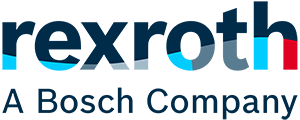
Data Collection from Legacy Systems
Objectives:
- To help establish fully interconnected and digitised smart factories
- Data to be extracted from legacy machining data/throughput
- Data within legacy machines/systems can integrate with external condition monitoring systems into one complete dashboard
Desired Outcomes:
- Key users are management and shop-floor personnel.
- One current method to obtain data from legacy machines is to introduce sensors in a non-invasive way to extract data for visualisation and analysis.
- However, there are still crucial data of these legacy machines or data from their Manufacturing Execution system that are still not retrievable.
- The limitation to the add-on sensors is that they cannot generate data to the needs of business owners fully.
Current Limitations:
- Costly and unjustifiable to replace existing legacy machines/systems (e.g. CNC/laser cutting).
- Lack of standard IoT communication protocols like MQTT and OPC UA.
- External sensors can only fulfil a partial wish list of business owners – mainly on reducing downtime and saving wastage costs.
- Crucial data like cutting speed, machine uptime, and throughput are also needed for OEE.
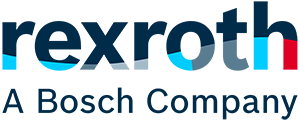
Cost and Effort Analysis for i4.0 Implementation
Objectives:
- The purpose of i4.0 implementation is to increase productivity or promote process transparency.
- To convince and attract the decision-makers / top management.
- Provide a cost-benefit analysis in this i4.0 transformation process to address and educate the benefits of i4.0 implementation and that it should be of high priority.
- Lower the cost of implementing new technologies.
Desired Outcomes:
- The reasons for the reluctance to bring operations to the Internet/Cloud are often security and cost.
- There is currently no one-size-fits-all solution that can be easily applied to companies for a large scale internal review to produce the cost-benefit report for consideration to move operations to the Internet/Cloud.
- There is also no ability to effectively visualise these benefits and present data coherently to address cost and security concerns.
Current Limitations:
- i4.0 implementation can consist of various technologies/services, which can be costly overall.
- Despite the time and effort spent, the solution proposed may not yield positive results or be up to the business owner’s expectations.
- No ability to effectively visualise benefits – business owners cannot gauge the results / ROI.
- Difficult for a large-scale internal review to produce a cost-benefit report.
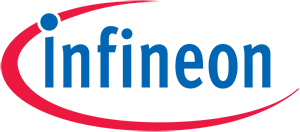
Technical Resource Optimisation (Engineering Tasks) to Improve Work Efficiency
Objectives:
- Automate tasks assignment and prioritisation based on technical requirements and technicians’ profiles.
- Optimise execution with a grouping of tasks to improve efficiency.
- Predict the demand vs supply and forecast the overtime planning.
- Identify the technical competency gap among technicians.
Desired Outcomes:
- Over 34 technicians with different skillsets for operation and engineering tasks are complex and vary widely, from logistical units collection to equipment setup.
- To have a one-stop solution platform between managers, engineers and technicians.
- Interactive solution on a mobile device for technicians to receive notifications and report efficiently.
- If the execution of tasks can be on auto-pilot mode and optimised continuously driven by data analytics, this would significantly improve work efficiency.
Current Limitations:
- Engineers need to manually book the necessary resources, including equipment and technicians’ availability.
- Independent systems are used to check and book different resources, e.g. equipment booking, technician scheduling, engineering samples, etc.
- Manual and tedious effort on engineers to communicate, cross-check, and set priorities with managers and teammates.
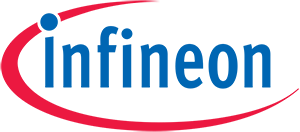
AI SMART Discovery for Semiconductor to Identify Improvement Opportunities
Objectives:
- Establish integration tools for data extraction, transformation and loading.
- Develop AI data processing platforms.
- Scalable for operations implementation.
- Enable domain experts to perform data analytics independently.
Desired Outcomes:
- Focus on predictive maintenance for automated material handling equipment.
- To package prototypes into a suite of recommended platforms and tools.
- Develop AI algorithms related to the project scope.
- AI SMART Discovery: Demonstrate capability for prototype analytics for the layman.
Current Limitations:
- Problem centric data analysis: Engineers must analyse a voluminous amount of data for actionable insights through various data sources (OEE, yield, product data & recipes, machine alarms, etc.).
- High effort, time and subject matter knowledge are required for effective cause and effect analysis.
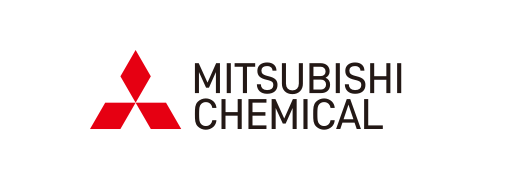
Around the Pill Solutions’ Enabled by Digital Technology
About the Problem Statement:
One of the future growth pillars for Mitsubishi Chemical Holdings Corporation’s (MCHC) healthcare business is to provide ‘around the pill solutions’ enabled by digital technology, intended to improve the quality of life of patients and their families, in their core therapeutics areas. Therapeutics areas of interest include the central nervous system (especially neuromuscular disease), autoimmune diseases and metabolic diseases.
Objectives:
To establish multiple touchpoints with patients during the patient journey from prevention to prognosis, to collect and analyse healthcare data and expand the value of current treatments.
Examples of such solutions could be digital platforms enabling patient-centric disease management, electronic patient-reported outcomes, digital diagnostics, disease tracking, digital medication management, digital biomarker, etc.
Working Model:
MCHC is open to strategic investments as well as partnership opportunities with digital health startups in Asia Pacific who have their product ready for a feasibility study.
COMPLETED
Accelerating the Diagnosis of nr-AxSpA and Facilitate Clinical Decisions
About the Problem Statement:
The diagnosis of non-radiographic axial spondyloarthritis (nr-AxSpA) is complicated and at times protracted, beginning with a clinician’s interpretation of X-rays and requiring an MRI (Magnetic Resonance Imaging) for confirmation.
Objectives:
Together with our partner in the rheumatology department of a major hospital, we want to identify ways to accelerate the diagnosis of patients with such conditions and facilitate and support clinical decision-making.
Desired Outcomes:
Technology that has the ability to predict nr-AxSpA from X-rays alone is one example, or as a precursor to that, able to draw highly accurate (sensitive/specific) correlations between X-rays and MRIs. These approaches are not exhaustive, and we are open to ideas from across the patient journey, be it awareness, screening, diagnosis, treatment or otherwise.
COMPLETED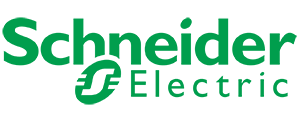
Freight Audit Payment
Automatic 3-way invoice match against shipment information & rate cards, for air/ocean freight & customs brokerage/trucking operations.
Open to providing relevant startups with data sets & more information.
COMPLETED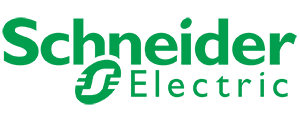
Transport Operations with Order Flow
To automate this highly manual process & improve the standardisation & visibility of the booking process.
Open to providing relevant startups with data sets & more information.
COMPLETED
Solutions for Ageing Population to Understand Own Health Conditions
About the Problem Statement:
Teijin Pharma Limited (Teijin) is looking for solutions for the ageing population to correctly understand their own health conditions.
Startups with capabilities to develop AI algorithms based on health / vital data for chronic diseases and startups with technologies for sensing vital signals for chronic diseases would be relevant.
Objectives:
To provide an easy solution for the ageing population with chronic diseases to proactively understand their own health conditions from the patients’ homes. This includes, but should not be limited to, innovative technology to predict exacerbation before their illness gets worse.
Working Model:
Teijin is open to discussing the collaboration model with startups but typically takes responsibility for technology development for the Japanese market, conducting clinical studies, regulatory / reimbursement tasks and finally commercialisation in Japan.
To achieve the goal, Teijin will invest with dilutive (equity) and/or non-dilutive funding in the partner(s).
COMPLETED
Treating Neurological Diseases in the Japanese Population
About the Problem Statement:
Teijin Pharma Limited (Teijin) is looking for solutions to treat neurological diseases in the Japanese population.
Hardware MedTech startups for neuromodulation and software startups experience in healthcare for a mobile app would be relevant.
Objectives:
To save and reduce patients with neurological diseases relating to the central nervous system, including psychiatric and neurodegenerative diseases. Solution examples include user-friendly therapeutic modalities like non-invasive neuromodulation and/or digital therapeutics at home.
Working Model:
Teijin is open to discussing the collaboration model with startups but typically takes responsibility for technology development for the Japanese market, conducting clinical studies, regulatory / reimbursement tasks and finally commercialisation in Japan.
To achieve the goal, Teijin will invest with dilutive (equity) and/or non-dilutive funding in the partner(s).
COMPLETED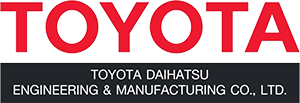
Centralised Maintenance Spare Parts
Objective:
- To get some tools that can gather the data/visualise current stock condition and price for further ordering decision-making.
Desired Outcomes:
- Real users are from the Toyota Manufacturing plants in each country, but in using this tool, TDEM R-HQ can also utilise it.
- The primary outcome is to attain cost reduction.
- The tool should help gather data or visualise current stock conditions and prices for further ordering decision-making.
Current Limitation:
- Currently, there is no visualisation of the data and no centralised tool to do so.
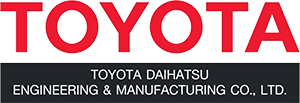
Managing Excess Solar Energy
Objectives:
- Effectively managing solar energy collected over the weekends when the factory’s electric demand is low.
- To find a solution to manage those excess solar energies for further utilisation.
Desired Outcomes:
- Real users are from the Toyota Manufacturing plants in each country.
- The primary outcome is to be sustainable and have good excess energy management, which will, in turn, lead to cost reduction.
Current Limitation:
- No means to manage the loss of energy, which means lost cost.
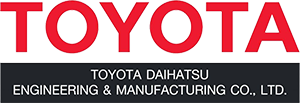
Change Conventional Oven Burner to Electrification
Objective:
- To achieve zero CO2 emission by having a solution for an oven that can bake the vehicle and not emit CO2, e.g. electricity or others.
Desired Outcomes:
- Real users are from the Toyota Manufacturing plants in each country.
- The main outcome is to be sustainable and achieving zero CO2 emission as part of company policy.
Current Limitation:
- Currently, the burners are still using gas, thus resulting in a high volume of CO2 emissions.
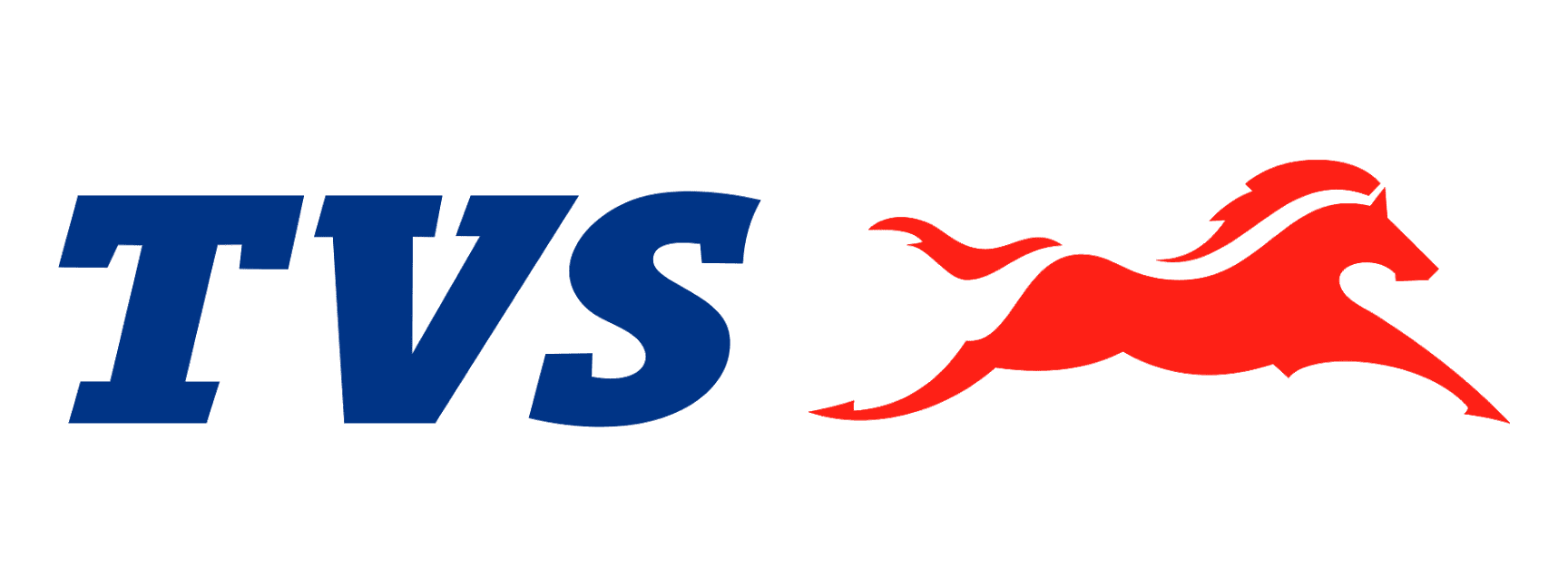
Improvement of Paint Transfer Efficiency
Objective:
- To improve the transfer efficiency of robot painting.
Desired Outcomes:
- To improve efficiency by 30% through optimisation of the robot programme and spray parameters using vision system based AI/ML logic:
- The vision system fitted on the robot scans the painting jig and captures the image of the parts to be painted.
- Robot path to be generated using AI/ML algorithm based on the image data captured by the vision system.
Current Limitations:
- Two-wheeler parts are painted using a robot painting process, with the parts moving on a conveyor.
- Robot programme and spray parameters are developed by trial and error process based on the shape of the parts to be painted.
- It is an iterative process of modifying robot parameters and checking the paint film built on the parts after baking.
- This results in lower paint transfer efficiency – paint transfer efficiency is the ratio of paint deposited on the part to the total paint sprayed.
- Transfer efficiency for parts is measured by weight method, i.e. weight of the paint on the component to the total paint sprayed from the robot gun.
- The above process is highly skill-oriented (a skilled robot programmer is needed)
- Wide variety of parts to be painted in a single paint plant.
- Robot programmes cannot be optimised for each type of part, as it is a manual process of creating the robot programme.
- Trials and verification are time-consuming as paint thickness can be checked only after parts are baked in the oven.
- High skill requirement for engineers carrying out robot teaching for the painting process.
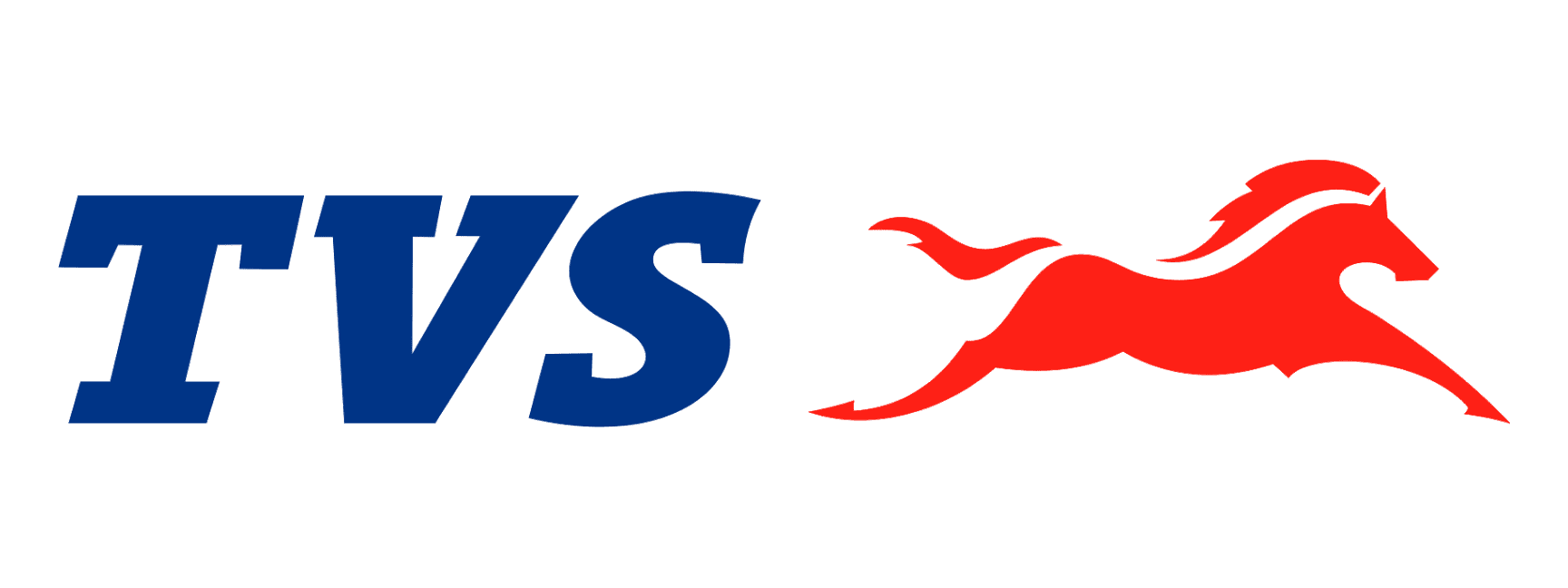
Online Inspection Using Intelligent Vision Systems
Objective:
- Improve vehicle build quality using vision systems, AI & Machine Learning algorithms.
Desired Outcomes:
- Delivery of visually defect-free vehicle to the customer.
- Inspection of fit and finish, painting defects, missing parts and mismatch of parts as per checklist.
- Quantifying in terms of AQI score as per the provided standard.
- Statistical analytics using the obtained data and escalation in case of deviations as defined.
- The system needs to be capable of connecting defects to the stage where the defect is happening and sending alerts/escalations.
- The system should be able to give results immediately after inspection, clearly indicating the zones and places where visual defects need to be corrected.
- The system needs to interact with the ERP system to understand the variant of the vehicle to inspect.
Current Limitations:
- Skilled men are deployed in the line to inspect the finished vehicle and give dispatch clearance on every shift.
- Inspection needs to be done within the cycle time of <20 seconds on a moving conveyor.
- Inspection is subjective, and perception varies between inspectors and between shifts too.
- Data is manually recorded and not in a form for consumption or analysis.
- Data is entered manually in SAP.
- Occasionally, errors escape to the next stage due to monotony in the inspection.
- More information on existing system constraints:
- Type A and Type B errors – disagreement between man and machine
- Unable to cover all checkpoints (220) in < 20 seconds.
- A vehicle needs to be loaded in a particular orientation to get better images for giving ok and not ok decisions – loading difficulty to an operator to be avoided.
- Difficulty in getting repeatability in results due to allowed variations in fabricated parts.
- The camera cannot clearly differentiate minor dust particles (>1.5 mm) and colour shade differences.
- Some defects will come once in a while, and it is challenging to teach the system frequently.
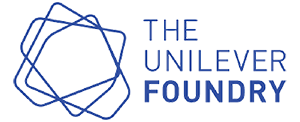
Integrator Platform
A platform to synchronise different transportation, yard & warehousing systems to optimise resources & unlock efficiency with speed.
For early-stage startups with robust solutions & readiness to grow with Unilever.
COMPLETED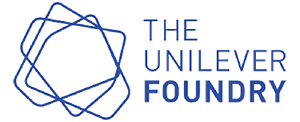
Warehouse Slotting
Solutions that consider customer demands that may change rapidly (such as delivery destination, delivery window) to improve logistics efficiency.
For early-stage startups with robust solutions & readiness to grow with Unilever.
COMPLETED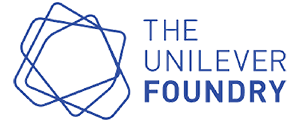
Transport Platform
Green transport platform to implement shared resources, minimise empty transport legs & protect our planet.
For early-stage startups with robust solutions & readiness to grow with Unilever.
COMPLETED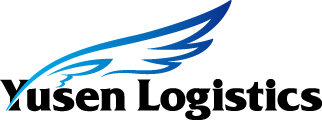
Visibility of Greenhouse Gas (GHG) Emissions from External Service Providers
About the Problem Statement:
Freight transport is a large contributor to emissions of CO2 and customers look for supply chain partners who prioritise Environmental, Social and Governance (ESG) goals. Customers often ask us to optimise logistics concerning cost and efficiency in their supply chains. Recently, we have been asked not only to optimise logistics but also to propose ways to reduce the environmental impact of logistics. In other words, they are looking for the best balance between logistics optimisation and environmental impact. To meet this new demand, it is necessary to visualise the CO2 emissions from air, ocean, and land transportation with transportation data.
For air and ocean freight forwarding, the estimated amount of CO2 emissions can be calculated through current shipment data from the organisation’s operations system.
Yusen Logistics owns its trucks for land transportation and works with many partner companies in many countries. The number of subcontractors is so large that it takes a considerable amount of time to collect the necessary data from all the subcontractors and a great deal of effort to organise the data. This is because each company has its transportation management methods and IT systems. Some of them even manage the data manually. In addition, the transportation data is handled in various foreign languages, which takes time to translate.
Objectives:
To be able to collect, measure and report CO2 emissions for both in-house trucks and outsources fleet service providers for land transportation services, including calculations that are performed on a regular basis to track the organisation’s performance and evaluate the effect of different measures to lower the emissions.
Working Model:
Yusen Logistics is open to discussing the collaboration model with startups.
COMPLETED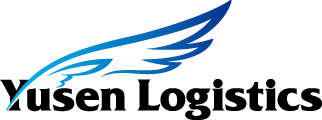
Logistics Waste Solutions for Sustainability and Traceability
About the Problem Statement:
The logistics supply chain generates waste at every turn. The types of waste include transport packaging materials, lashing materials, cushioning materials, cooling materials, and desiccant agents produced in logistics operations. Society is demanding that we reduce and promote recycling of these wastes.
Currently, our supply chain does not have a holistic, efficient and optimal waste management system and solution. Yusen Logistics hopes to reduce internal costs and prioritise ESG goals by optimising our supply chain through waste reduction and sorting technology.
Objectives:
To address waste and recycling with a holistic approach (tailored to individual location’s needs), to reduce waste volumes at the end of a material’s life, to measure and reduce waste in logistics operation efficiently, and to be able to trace the end-of-life of packing and transport material.
Working Model:
Yusen Logistics is open to discussing the collaboration model with startups.
COMPLETED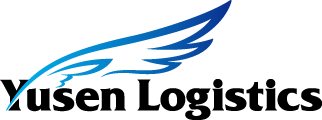
Digital Transformation for ESG Goals
About the Problem Statement:
Sustainability is a top priority in Yusen Logistics as many customers are working towards public green initiatives. They are looking for service partners who prioritise corporate responsibilities as well.
Objectives:
As the effects of climate change worsen, logistics companies’ ESG objectives are more important than ever. The steps to achieving optimal ESG performance are crucial and Yusen Logistics welcomes any proposal to support their ESG goals.
Working Model:
Yusen Logistics is open to discussing the collaboration model with startups.
COMPLETED


